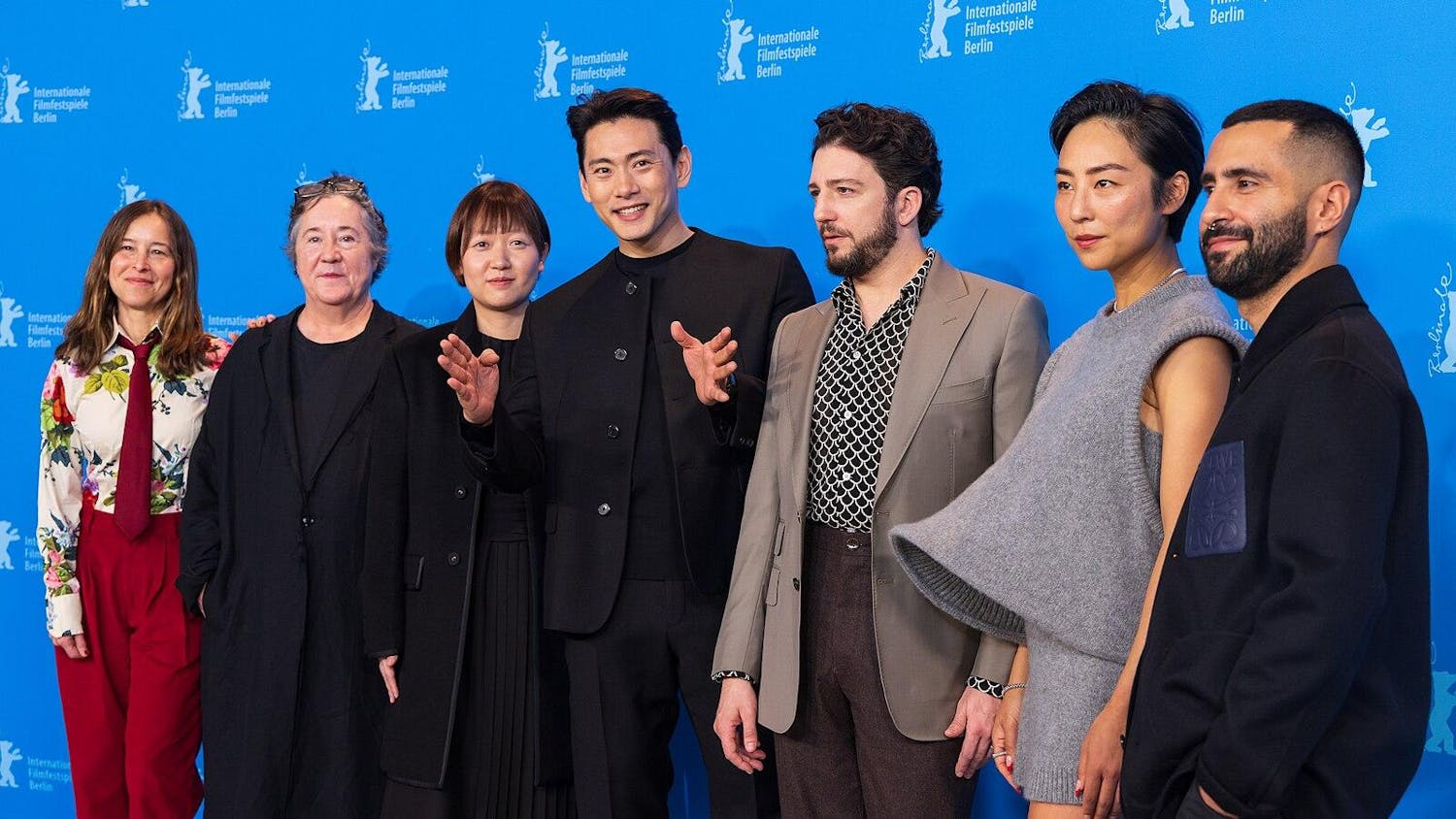When writer/director Gavin Hood set out to adapt Athol Fugard's 1960 novel, he knew the material he was working with was both common and epic. While Fugard's novel was set in Apartheid-era South Africa, Hood changed the story around and set it instead in contemporary times in a township of his home country. He could have, however, chosen 1970s East St. Louis or ancient Rome as the backdrop for this universal story of the human face of class inequality.
"Tsotsi," which means "thug" or "hoodlum," (in Zulu and Afrikaans, respectively) aptly describes the film's protagonist, who has abandoned his given name along with his old life marred by horrible childhood circumstances. Now spending his time with his posse of young criminals, Tsotsi (played by Presley Chweneyagae) commits senseless crimes for money and is seemingly numb to any potential consequences. One such instance gets out of hand and a man is murdered, sending one Tsotsi's mates into a fit of questions, which in turn prompts Tsotsi to beat him almost to death. Tsotsi goes out on his own and hijacks a car from a wealthy black woman, only to discover later that her infant child was in the back seat. This sets the scene for the decisions that Tsotsi must face about how to overcome his past and how not to ruin his future.
Though not devoid of social commentary, "Tsotsi" - which won Best Foreign Language Film at last night's Academy Awards - is markedly different in its treatment of urban slums than its often-compared-to predecessor "City of God" (2002). In "City of God" - a darling of many an art house film circle - Brazilian director Fernando Meirelles combines several characters' stories over time to illustrate social problems, using highly stylized camera techniques to churn energy and chaos into the film.
But "Tsotsi" - within the temporal space of just about a week - targets its title character closely in a transitional moment of his life, so that the audience stays more with his story than the whole of the South African ghetto. This is not to say that his journey cannot be extrapolated to extend to the lives of his hoodlum contemporaries; rather, with lots of tight close-up shots of Tsotsi's eyes, the film effectively focuses the audiences' attention on the troubled protagonist and not on the whirlwind around him.
Shot on Super 35mm, another distinguishing feature of "Tsotsi" is its photographic quality. This film was made for wide-screen viewing, and at times it feels like a series of separate still images rather than a motion picture. If films about crime, poverty and otherwise marginal lifestyles are meant to be shot on gritty film stock, then Hood's rejection of this norm is one his film's greatest virtues. Hood and cinematographer Lance Gewer shoot the film beautifully and cleanly, so that the content of the image rather than its style is what speaks. From the landscape shots of shantytown huts and outlying wasteland to close up shots of the mishandled baby inside Tsotsi's own corrugated tin home, the grimy underbelly that dominates the story needs no amplifying film techniques.
However, the pacing of the film, sometimes slow in moments of Tsotsi's indecision, panic or self-contemplation, is aided by another kind of amplification: the film's soundtrack.
Complemented by the score by Paul Hepker, Mark Kilian and Vusi Mahlasela, the music of contemporary South African artists (most notably Zola, who also plays the gangster Fela) infuses an energy into the film that allows a non-native audience to feel the pulse of the dusty Soweto streets, exotic and far-removed as they might be.
With the powerful and lively music, which has been crudely deemed a South African version of American hip-hop, director Hood earns his quiet and more intimate moments. When making a psychological drama that involves a baby snatching, there is a very real risk of falling into the pool of over-sentimentality.
But the high-intensity music helps to balance that scale, keeping the audience afloat instead of letting them drown in their own tears.
A third component of "Tsotsi" that stabilizes the film is the acting of Presley Chweneyagae. Backed by other strong performances from Mothusi Magano (Tsotsi's academic friend/foe Boston)
and Terry Pheto (generous yet wary mother Miriam), Chweneyagae leads with an ambiguity that draws both revulsion and sympathy.
Only 19 years old and in his first film role, Chweneyagae projects the pain and compassion through his eyes that Hood was hoping to capture.
Though the final moment of suspense may have been too drawn out, the borderline sappiness is forgivable because of these other various aspects of the film.Tsotsi undergoes personal trials that transcend his setting or era, and these other elements support the film's epic nature such that it shouldn't be criticized for its heartbeat. After all, when we hear a fable or a myth, we do not generally begrudge them their moments of melodrama.
We don't boo when Persephone's pomegranate binge binds her to Hades forever, nor do we doubt that Paul Bunyan engineered the greatest flapjack there ever was.
He did it with the help of many friends, and it was delicious. Tsotsi's journey, too, should be accepted as a universal tale both of redemption and of hope that life won't depend so much on chance for these young
"tsotsi."





